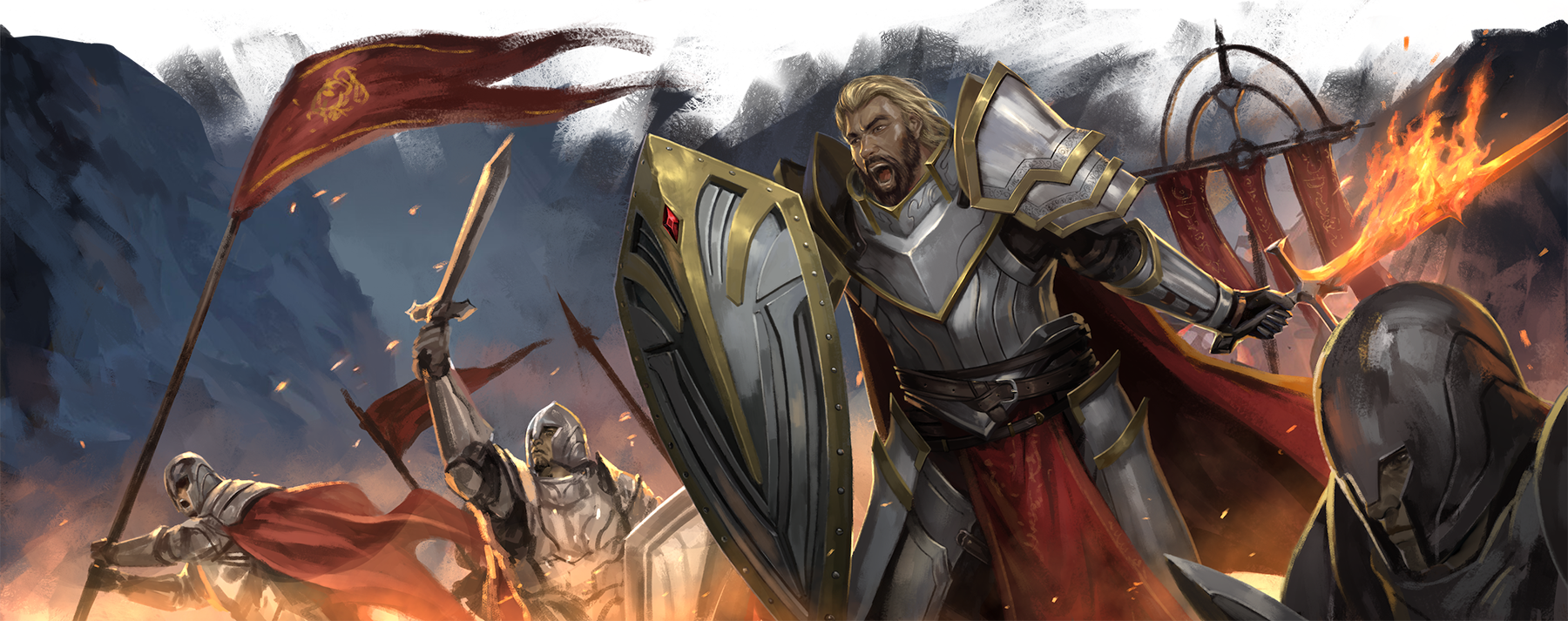How to Grow and Care for a Beard as a Black Man
 Medically Reviewed
Medically Reviewed
 Joe Nightingale, MBBS, MSc
Joe Nightingale, MBBS, MSc

Growing a beard as a black man is different. You’ve got to deal with tightly coiled curls, thick textures, and the looming threat of ingrown hairs if you so much as glance at the wrong razor. Beard patches? Common. Dryness? Guaranteed. And let’s not forget the search for products that actually work on Black hair instead of sitting on top like grease on a non-stick pan.
But here’s the good news: you’re not broken. Your beard isn’t defective. You’re just working with a different rulebook. Once you learn how to play the game, your beard can go from “frustrating fuzz” to “statement piece.”
Like the rest of your hair, you can’t follow the same techniques used by other ethnicities. It needs its own care, its own black beard care products, and its own techniques.
The Challenges of Black Beard Growth

If you’ve ever wondered why your beard doesn’t grow in like the guys you see online, you’re not alone. Most beard advice isn’t written with black men in mind. It’s geared toward straighter, finer hair types that don’t curl, coil, or fight back at the first sign of a trimmer.
Most black men have Type IV Hair. That means it’s tightly coiled and grows in a helical or zigzag pattern, making it appear dense and full. The hair strand also grows at an angle rather than straight out of the follicle, increasing the risk that it grows back into the skin.
The result? A greater chance of painful ingrown hairs, inflammation, and post-inflammatory hyperpigmentation (PI), especially if you’re shaving or trimming too close to the skin.
The hair itself is more prone to dryness, breakage, and frizz. Plus, levels of dihydrotestosterone (DHT) can result in patchiness, with some areas filling in thick while others stay sparse no matter how long you wait.
How to Grow a Beard as a Black Man

Black hair might be a little different. However, many of the underlying principles behind beard growth are the same. It’s all about patience, nutrition, and exceptional beardcraft.
You won't go from patchy to full overnight. Most men need at least 4-6 weeks before they can assess their beard pattern. And, for black men, it might take even longer — hair grows slower and is denser. But once it’s grown, you’ve got it for the long term (if you look after it correctly).
Here’s what actually works:
- Be Patient. It takes 4–6 weeks just to see your real growth pattern. Don’t panic if it’s patchy or uneven early on: most beards fill in gradually, especially for Black men.
- Eat for Growth. Hair is protein. Load up on eggs, fish, nuts, leafy greens, and stay hydrated. Key nutrients, such as zinc, vitamin D, iron, and biotin, all support stronger follicles.
- Brush Daily. Use a boar-bristle brush to exfoliate the skin and boost blood flow. Brushing also trains your beard to grow in the right direction and prevents tangling.
- Try a Beard Roller (Optional). Microneedling devices—aka beard rollers—create tiny channels in the skin, increasing circulation and potentially triggering dormant follicles. Use with caution, no more than once or twice a week.
- Don’t Trim Too Early. Resist the urge to “clean it up” in week two. Let it grow wild before shaping. You can tidy the cheeks and neckline, but leave the body of the beard alone until it’s fuller.
Daily & Weekly Beard Care Routine

Most beard care is just maintenance. Unless you’re changing up your style or being experimental, you’ll rely on the same basic techniques. As with most things, getting the basics right gives you 80% of the results.
Here’s the routine:
1. Cleanse – 2–3x per week
Use a sulphate-free beard wash. It removes dirt and buildup without stripping your natural oils. Regular shampoo is too harsh; avoid using it. Ideally, you want a specialised beard shampoo.
Beard Sorcery’s Beard Wash and Restore contains only natural ingredients designed to open your pores and soften your beard hair. It’s the ultimate detangler. If your beard is particularly coarse or your skin is prone to dryness, limit washing to once or twice a week and use warm—not hot—water.
Pro tip: Wash less often if your skin is dry. Overwashing makes it worse.
2. Condition – 2–4x per week
A beard conditioner or co-wash softens hair and makes it easier to manage. It’s essential for reducing breakage and preventing knots. Look for ingredients like shea butter, coconut oil, or aloe—these work especially well on tightly coiled textures.
3. Moisturise – Daily
After washing or rinsing, apply a beard cream or butter. This hydrates the hair and the skin underneath, crucial for avoiding flakes and irritation. Beard butters with mango or cocoa butter are especially good at reducing frizz and adding weight to wiry beards.
4. Seal – Daily
Follow up with a beard oil or oil blend (e.g., jojoba, castor, or argan). This locks in moisture, adding softness and shine. Thankfully, you don’t have to use any specialist “black hair” beard oil.
Our Beard Oil is crafted from a blend of high-quality oils, including pure jojoba oil, virgin argan oil, apricot kernel oil, and pumpkin seed oil, to leave your beard hydrated and frizz-free. Just use a beard brush to work the oil deep into your beard.
5. Brush or Comb – Daily
Use a boar-bristle brush for short beards or a wide-tooth comb for longer growth. It helps detangle, spread products evenly, and train your beard’s direction. Regular brushing also gently exfoliates the skin underneath, preventing ingrown hairs and flaking.
Common Problems and How to Fix Them

Beards don’t always behave. Whether you’re dealing with irritation, uneven growth, or random flakes, these are the most common problems—and what to do about them.
Ingrown Hairs
The problem: Tight curls + angled hair follicles = the perfect storm for ingrown hairs and razor bumps.
The fix: Avoid shaving too close. Use a single-blade razor when shaving the cheeks or neckline. Gently exfoliate with a beard brush or scrub 2–3 times per week to keep follicles clear.
Dryness & Breakage
The problem: Coarse beard hair loses moisture fast. That leads to brittleness, frizz, and hair that snaps before it even has a chance to grow.
The fix: Moisturise daily with beard butter or cream, then seal with oil. Deep condition 1–2x a week using a leave-in product. Avoid hot water, which strips away natural oils.
Patchiness
The problem: Beard growth isn’t always even. You may have full growth on the chin but sparse cheeks or a thin jawline.
The fix: Let it grow for at least 6 weeks before judging. Use a boar-bristle brush to stimulate follicles, and apply castor oil to thin areas. You can also shape your beard to highlight fuller zones and fade out the patches.
Beard Itch & Flaking
The problem: Dry skin under your beard leads to irritation and beard dandruff.
The fix: Wash your beard less frequently. Use hydrating products that reach the skin (like beard oil worked in with a brush). Avoid alcohol-based products—they’ll make it worse.
Most beard problems come down to dryness, neglect, or bad technique. Once you learn how to care for your beard properly, everything else gets easier.

No comments yet…